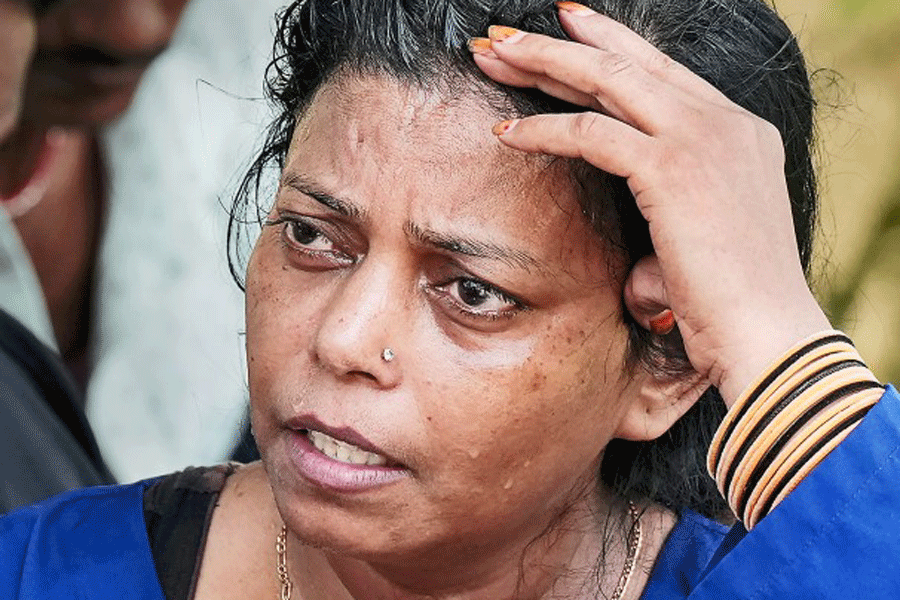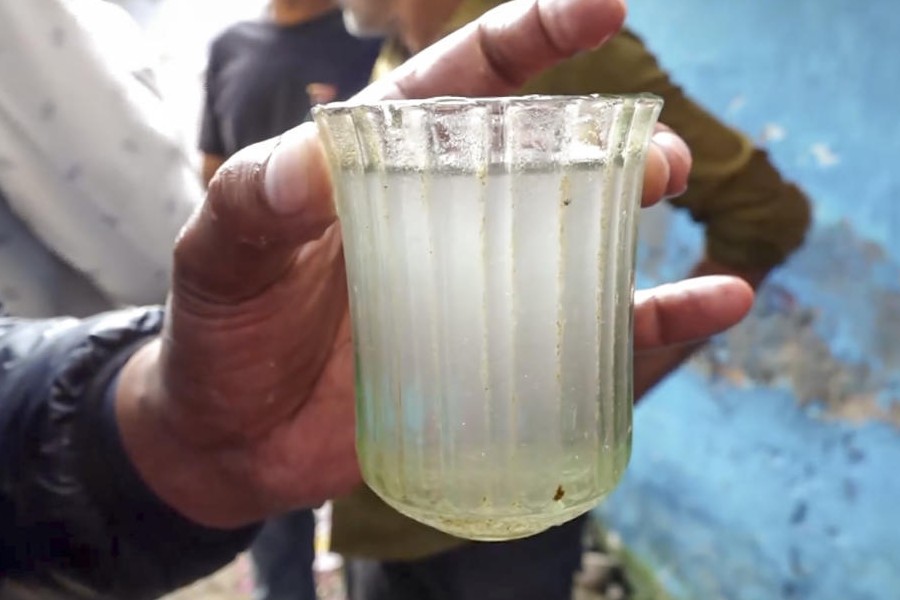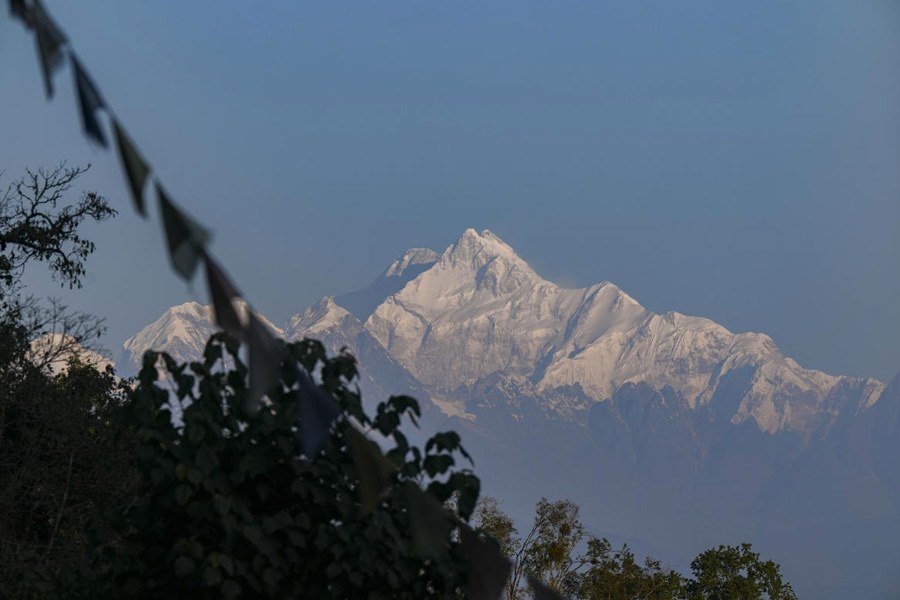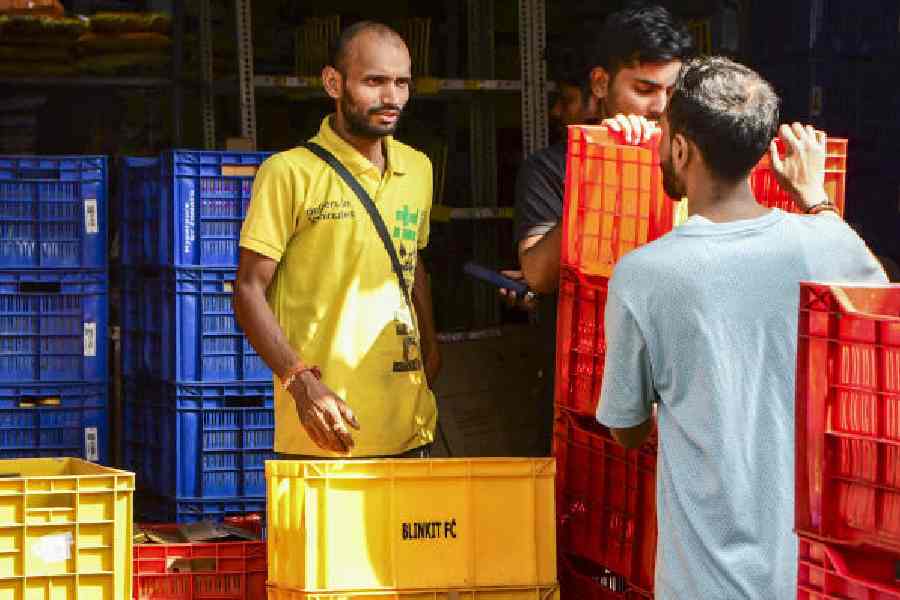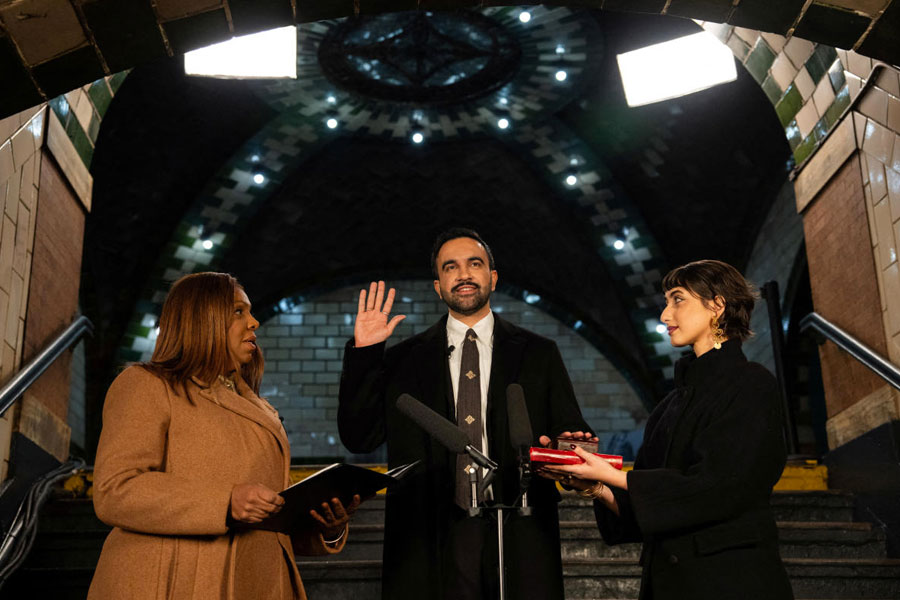The ambulances arrived in the dead of the night, each carrying two bodies, amid an eerie silence on the AIIMS Bhubaneswar compound.
A few police and civic officials were present. So were a handful of news photographers, impatiently pacing the premises, waiting for the bodies of the unidentified train accident victims to arrive from Balasore.
None spoke much. The hospital staff and security guards, used to seeing deaths every day, too seemed numbed.
The first six ambulances, carrying 12 bodies, arrived at 3am on Sunday, escorted by a police jeep. By the time the last ambulance disgorged the 110th body, it was 6am.
(The AIIMS received 10 more bodies later in the day. The remaining 52 among the 172 bodies unidentified till Saturday night had been taken to morgues at other hospitals. By Sunday evening, 15 of these 172 bodies had been identified, the government said.)
Hospital staff, who remained awake overnight, transferred the bodiesfrom the ambulances to the morgue in complete silence. Everyone seemed at a loss for words.
Some of the relatives of the ordinary patients admitted to the AIIMS hospital came out to see the polythene-wrapped bodies. The families of the train accident victims would come later in the day.
The smell from the bodies made the hospital staff’s job difficult as it had done for the ambulance drivers.
“I have been driving ambulances for four years, carrying patients. This is the first time I have driven bodies from one hospital to another, that too across nearly 200km,” said an ambulance driver, Girish Upadhyaya.
“We had all gathered at the Balasore hospital around 7pm on Saturday. They started delivering the bodies to us from 11pm. We drove from Balasore to Bhubaneswar without a single stop.”
He added: “The wails of the people (train passengers’ relatives) at Balasore hospital ringing in our ears, we didn’t even think of taking any food on the way. We had just a few bottles of water with us.
“All along the journey I kept thinking of the unfortunate ones whose bodies had not been identified. I wondered when they would be handed over to their relatives so that they would at least have a proper funeral.”
Bhubaneswar deputy commissioner of police Prateek Singh was at the AIIMS through the night, overseeing the transfer of the bodies along with Bhubaneswar municipal commissioner Vijay Amruta Kulange.
“Normally, the bodies are kept for 72 hours (before DNA samples are extracted and the bodies are buried or cremated). But in some cases they can be kept for a longer period till their identification is over,” Singh said.
“We will continue to pray that the families get the bodies. We will facilitate all the processes.”
By Sunday afternoon, only two of the train accident victims’ bodies at the AIIMS morgue had been identified and handed over to families.
A security guard at the AIIMS, Rajiv Digal, said: “Usually, after a patient dies, the body goes out from the hospital accompanied by relatives. Never before had I seen bodies arrive at the hospital in such large numbers.”
Union health minister Mansukh Mandaviya visited the morgue and anatomy department at the AIIMS on Sunday. He discussed the procedures relating to the embalming of the bodies and their handover to families.

